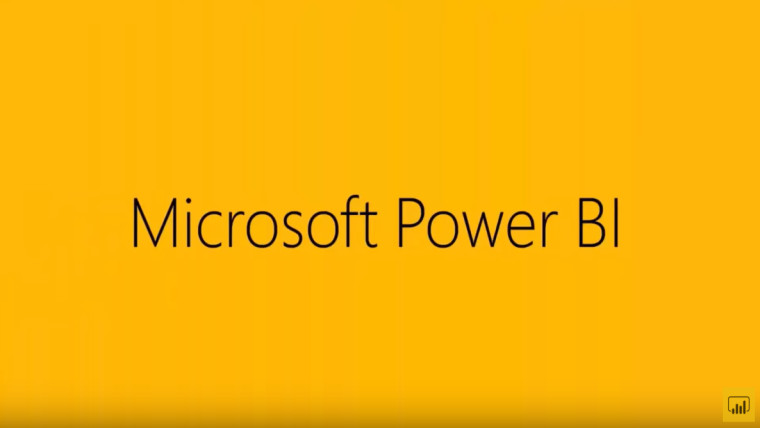
At the end of last month, Microsoft released Power BI APIs .NET SDK v3 as the Microsoft.PowerBI.Api NuGet Package. The changes accompanying the updated version aimed at making use of the SDK easier through credential classes and encryption techniques.
Today, the Redmond firm has announced that a new REST API call in the form of 'Export-To-File' is being made available. As most Power BI users would be aware, publishing of generated reports in PDF and PowerPoint formats is a capability already on offer in the service. However, this and more can now be accomplished through the use of the aforementioned API.
There are different ways in which this new method can be leveraged. For those who want to share weekly reports with their colleagues, the functionality can be automated through this API. This is made possible in the form of emails that are sent out at set intervals. Similarly, a button that triggers an export job can be created to export viewed reports in the form of PDF, PPTX, and PNGs. These can later be made available in the form of a download.
Moving on to specific capabilities that are offered with this API, these include:
- Export selected report pages – You can specify which pages you want to export and in what order.
- Bookmarks – Using Bookmarks capabilities, you can use the API to export a report in a specific state, after applying filters to it.
- Row Level Security (RLS) – With Row Level Security (RLS), you can export a report showing data that is only visible to certain users. For example, if you are exporting a sales report that is defined with regional roles, you can programmatically filter the report so that only a certain region is displayed.
- Data protection – The PDF and PPTX formats support sensitivity labels. If you export a report with a sensitivity label to a PDF or a PPTX, the exported file will display the report with its sensitivity label.
- Localization – When using the API, you can pass your desired local. The localization settings affect the way the report is displayed, for example by changing formatting according to the selected local.
With regards to plans for the future, Microsoft will be bringing support for paginated reports through the new API as well. As is the case with this form of Export-To-File, paginated reports via the API will also bring further capabilities.
Notably, only the Premium and Embedded variant of Power BI will allow the utilization of Export-To-File. Just to clarify, the new API is only included in the Power BI APIs .NET SDK v3. You can learn about further limitations here.


















